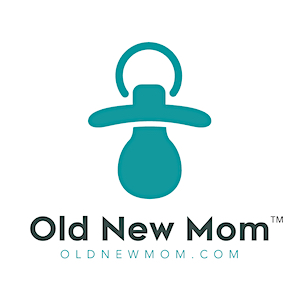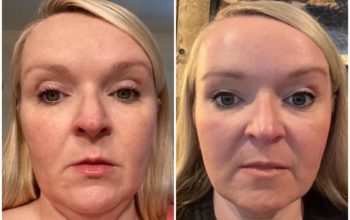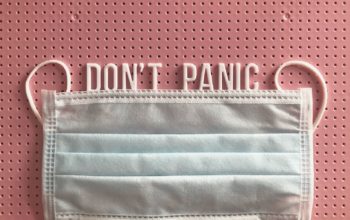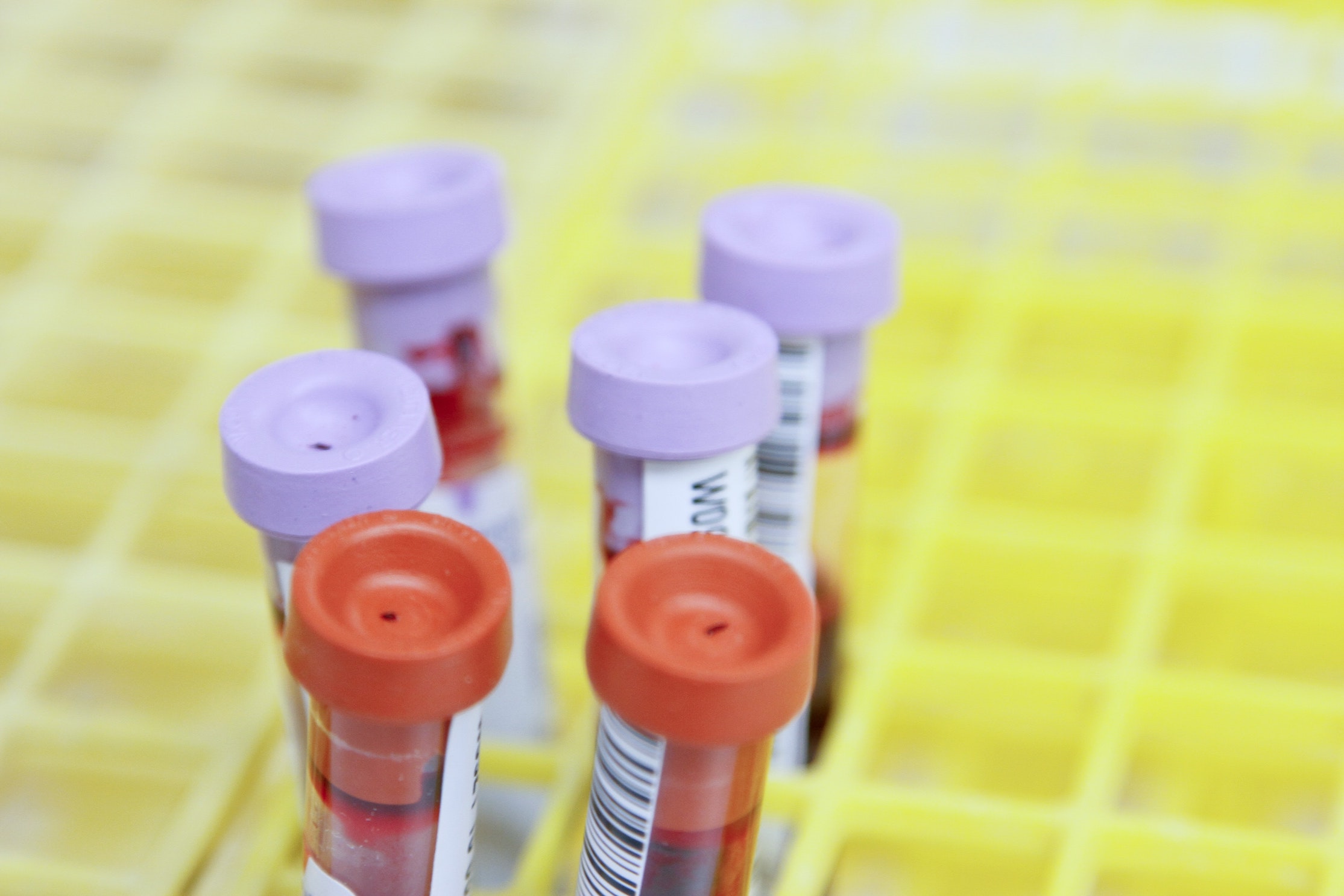
I am not a nutritionist and my doctorate is in educational leadership – not medicine. As such, these are my personal feelings about the relationship between calories and body weight derived from my own experiences with weight loss and gain. Always seek the advice of your physician or other health provider with any questions you may have.
Let’s be honest. I’m not qualified to speak with authority on many things. Weight gain and weight loss, however, are definitely in my wheelhouse. I’m an expert at both. I was a “sturdy” kid growing up. By my senior year in high school, I weighed over 250 pounds (at 5’3).
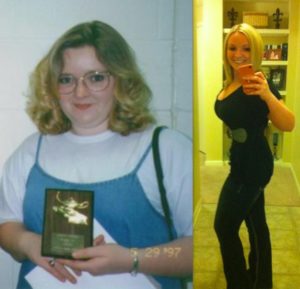
1997 (junior year of high school) and 2012 (very pre-baby)
In 1999, I realized that my weight made me look and feel much older, so I committed myself to losing 120 pounds. Not only did I lose the weight, but I kept the majority of those 120 pounds off for the better part of two decades.
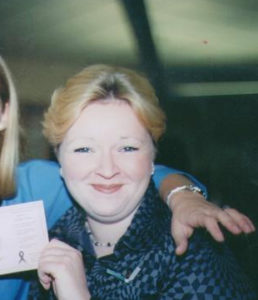
The picture in 1999 that made made me decide to lose the weight…I was 19.
When I became pregnant at 38, I felt the need to let go of my weight concerns and trust that my body would know what to do. Imagine my distress when, after twenty years of wearing skinny jeans, the pregnancy pounds began piling (and I mean PILING on). My body knew what to do, alright…it knew how to get fat! In total, I gained 95 pounds with my first pregnancy. Thankfully, within 18 months and with renewed diligence, I lost over 90 pounds through diet alone (no additional exercise – no judgment).

August 2017 (pre-baby), August 2018 (1 month postpartum), August 2019
Now, here I am – pregnant again at 40. To be honest, I was TERRIFIED of gaining another 100 pounds. I decided to trust my body a little bit less this time and modify my weight management strategy to gain weight (a first, for sure). By 20 weeks with my first pregnancy, I had gained 54 pounds. This time, I’ve gained 22 pounds in that same time period.
So, what’s my secret? I wish I could say that I have an easy, magic formula for weight management – I don’t. It doesn’t matter when I eat. There is no specific food item to always include or exclude. It all boils to one very important thing: CALORIES.
It’s actually pretty simple – I lost the weight, kept it off, lost the baby weight, and now am keeping the baby weight in check by counting calories.
There’s no magic to weight management – it’s just plain old math.
Now, if you’ve found another system that works for you – great (seriously, GREAT!). However, if you’re one of the many people who’ve tried the meal prep systems, point systems, workout programs, psychology apps, or various exclusion methods only to be met with failure, read on. I have learned a lot in the last 20 years and I’m happy to share!
Here are a few tips:
Understand How Calories Work
There are 3,500 calories in a pound of fat. This would mean that a calorie deficit of 500 calories per day equals 1 pound of fat loss in a week. Now, weight loss and human metabolism are clearly much more complex than this basic calculation, so this is not a completely exact science (especially when you add in hormones and aging).
That said, one thing is clear: a deficit in calories is necessary for weight loss.
Know Your Body’s Calorie Needs
To figure out how to adjust your calories to meet your goals, you first need to determine your daily calorie needs in order to maintain your current weight at your current activity level. Back in the day, I determined this figure using a calculator on iVillage (yep…I’m that old). If you want to know where to start, there are still online calculators. Here’s an online calorie calculator from the American Cancer Society that I like. Remember: you will need to adjust this number as your weight and/or activity level changes. As you lose weight, your calorie threshold will go down. Bummer, I know.
Now, the Internet is great, but I find it much more effective to use my Fitbit to determine my daily calories needs. While I don’t see this figure on my regular Fitbit app, I have linked my smart watch to my LoseIt! calorie counting app and it automatically calculates, displays, and adjusts this number for me. Since your daily calorie needs will change as your weight changes, I find that smart watches not only help you determine your calorie needs more easily, they likely do it more accurately.
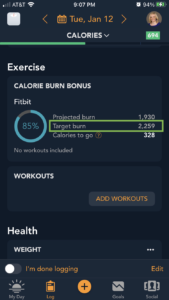
Isn’t technology awesome?
Determine the Calories Needed to Reach Your Goal
Once you have your daily calorie needs calculated, you can then determine what your daily calorie threshold would be to either lose or gain weight. Normally, I use this to lose weight. Currently, since I’m pregnant and clearly not trying to lose weight, these numbers are helping me keep my pregnancy weight gain in check.
Right now, my Fitbit tells me that it takes about 2,275 calories to maintain my weight at my current activity level. Here’s what that math looks like:
Sample Calculation to Gain .5 Pound Per Week (Suzy’s Pregnancy Plan)
3,500 calories per pound divided by 2 = 1,750 extra calories per week for .5 pound gain per week
1,750 calories divided by 7 days = 250 extra calories per day
Daily Calorie Needs = 2,275
Daily Surplus for Gaining .5 lb Per Week = 250
Daily Calorie Goal for Gaining .5 lb Per Week = 2,525 calories per day
Once our bundle of joy is here and I’m ready to shed the baby weight, I will determine my calorie needs and eat fewer calories than that number. Here is what the calculation would look like:
Sample Calculation to Lose 1 Pound Per Week
3,500 calories per pound divided by 7 days = 500 calories per day
Daily Calorie Needs = 2,275
Daily Deficit Needed to Lose 1 lb Per Week = 500
Daily Calorie Goal for Losing 1 lb Per Week = 1,775 calories per day
No matter what your goal, it is extremely important that you set a realistic and sustainable calorie target.
Low Calorie Foods = Eating More
I’ve been counting calories for the better part of two decades, so I can pretty much tell you the calorie content of EVERYTHING. In order to make good decisions about what you eat, it is important to become informed. If, like me, you have a healthy appetite, I highly recommend finding some low calorie foods to help you keep your overall calorie count down.
Take, for instance, Sugar-Free Jello®, which has 10 calories per serving. On a 1,775 calorie diet, you could eat 177 cups of Sugar-Free Jello®! (You don’t want to do that, but you get the point.) There are multiple Lean Cuisine® meals around 200 calories…which means you could conceivably eat 8 meals a day, if you’re choosing wisely.
Make Sure You Aren’t Drinking Yourself Fat
Don’t make the mistake of forgetting about the calories in drinks. That’s exactly what I was doing in the late nineties. I was guilty of an addiction to a horrible culprit – SODA. Think about it…there are 150 calories in one 12 ounce can of Dr. Pepper®. At my largest, it wouldn’t have been out of the ordinary for me to drink 5 cans in one 24 hour period. That’s 750 calories (the amount in a BIG meal)…and I hadn’t eaten a thing!
Pay attention to your favorite beverages because they can pack a ton of hidden calories that will easily sabotage your goals. A grande White Chocolate Mocha Frappuccino® – 410 calories. A Chuy’s® Mexican Martini (my favorite!) – 344 calories. A Route 44 Lemonade from Sonic® – 540 calories.
Need I go on?
Track What You Eat and Drink – EVERY BITE & SIP!
When I first started this journey, I wrote everything down in a tiny notepad. Later, I graduated to a little pocket calorie calculator that would remember everything I entered. Thankfully, the advent of the smart phone has made tracking calories a breeze. My personal preference is the LoseIt! App (https://loseit.com/). I love the ability to scan my food using the barcode on the packaging.
Once you’re prepared with your tool of choice, start tracking everything…and I mean EVERYTHING. Your meals, your morning coffee, your glass of wine after dinner – everything.
Come on, Suzy…I need to log that half a bagel bite I ate off my toddler’s plate when no one was looking? Yep. Even that.
Be Careful of Portion Distortion
In general, people are terrible at estimating their portion sizes. I highly recommend buying some measuring cups and a food scale. Here’s the food scale that I have at home. Get a lunch box and pack your food for the day. Another strategy I find particularly helpful to ensure the accuracy of my calorie counting and to help me with portion control is buying prepackaged foods. (I’ll post some of my favorite low-calorie prepackaged foods in a later post.)
Treat Your Calories Like Money…Spend Them Wisely
So, you want to spend 240 of your daily calories on a bag of M&Ms®? That’s what will make you happy today? Do it…just know that you will have fewer calories for the rest of the day. Are you planning on a piece of apple pie after dinner and want to earn some more calories? Hop on the treadmill or do some vigorous vacuuming. What if you go over your limit for today by 300 calories? Consider it a loan from the rest of the week and cut 75 calories from the next 4 days.
Moderation is the name of the game, but the quality of your calories still matters. If you really want something, eat it. At the end of the day, though, 100 calories worth of carrots is still better than 100 calories worth of butter.
I know that I am so much more than a number on the scale. That said, I also know that excess pounds held me back and made me feel uncomfortable in my own skin. At first, I wanted to be a healthy weight for myself. Now, I want it for my family. Thankfully, I found what works for me. Counting calories isn’t for everyone, but I have found it to be a very effective tool for weight management. I hope it helps!
Did You Like This Post?
Be sure to connect with Old New Mom on Facebook…you can also join our Old New Moms Facebook Group! Please note that many of my posts contain revenue generating affiliate links that help support the Old New Mom blog. Thank you for shopping via my links!
This is a personal website. This content is not intended to be a substitute for professional medical advice, diagnosis, or treatment. Always seek the advice of your physician or other qualified health provider with any questions you may have regarding a medical condition or treatment. The opinions expressed here represent my own and not those of my employer. All products or services reviewed are those that I use myself and I only recommend products that I stand behind. As an Amazon Associate, I earn from qualifying purchases. All written content and personal images are for use on this site only; unauthorized use is prohibited.
